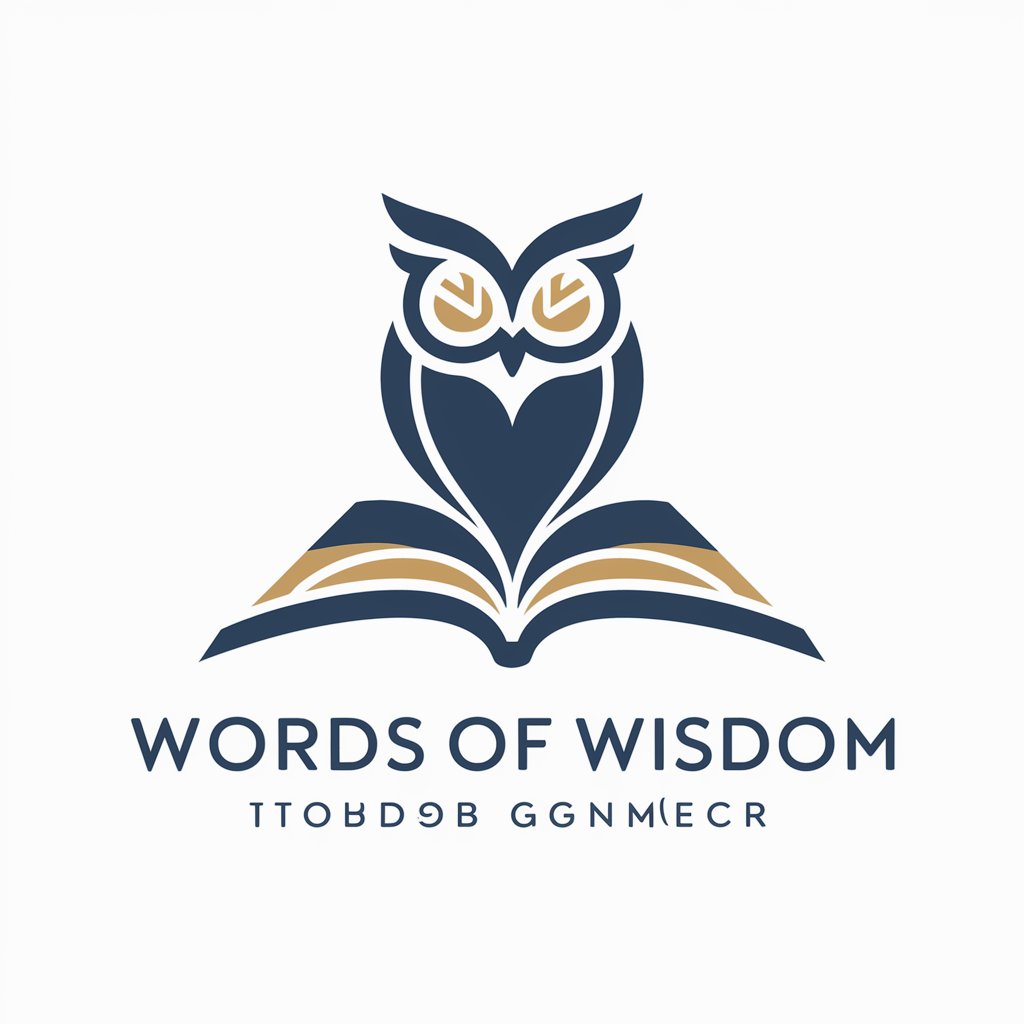F - 'F' Exploration and Learning

Hello! Let's explore the fascinating world of the letter 'F' together.
Unleash the Power of 'F' with AI
What are the phonetic characteristics of the letter 'F' in different languages?
Can you provide a list of fascinating words that start with 'F'?
How has the usage of the letter 'F' evolved over time in English?
What are some creative ways to teach children about the letter 'F'?
Get Embed Code
Introduction to F
F, or 'Letter F', is designed to serve as an in-depth resource and creative platform centered around the letter 'F'. Combining linguistic knowledge with a playful and engaging approach, it caters to a wide audience interested in language, education, and the nuances of the alphabet. Whether it's exploring the phonetics, history, and usage of 'F' across different languages, or generating content that showcases the letter in unique contexts, F aims to enrich and educate. For instance, educators might use F to find innovative ways to teach the letter 'F' and its sounds, while writers could seek inspiration for alliteration or character names starting with 'F'. Powered by ChatGPT-4o。

Main Functions of F
Linguistic Insights
Example
Discussing the origin of 'F' from the Phoenician letter 'waw', its evolution through Greek 'digamma' and Latin, and its phonetic role in various languages.
Scenario
A linguist researching the history of alphabets uses F to understand how 'F' has evolved over time and its impact on modern languages.
Creative Exploration
Example
Generating stories, poems, or tongue twisters that prominently feature words starting with or containing 'F'.
Scenario
A writer seeks inspiration for a children's book focusing on the letter 'F', using F to brainstorm ideas and thematic content.
Educational Applications
Example
Providing examples and teaching materials for educators to introduce the letter 'F', its sound, and usage in words to students.
Scenario
A teacher prepares lesson plans on the alphabet, specifically targeting the letter 'F', and uses F for resources and activity ideas.
Ideal Users of F Services
Language Enthusiasts
Individuals fascinated by linguistics, etymology, and the peculiarities of language. They benefit from F's detailed exploration of 'F', gaining insights into its historical, phonetic, and cultural significance.
Educators
Teachers and educators seeking innovative ways to engage students with the alphabet and phonics. F offers creative and educational resources tailored to teaching the letter 'F', enriching classroom activities.
Writers and Content Creators
Writers, poets, and content creators looking for inspiration or aiming to incorporate the letter 'F' in their works creatively. F provides a wealth of ideas, from alliterations to themed content, that fuels their creativity.

How to Use 'F' Effectively
Begin with a Trial
Start by exploring yeschat.ai for a free trial, allowing you to engage with ChatGPT functionalities without the need for a login or subscription to ChatGPT Plus.
Identify Your Needs
Determine the specific linguistic or educational objectives you have related to the letter 'F', such as improving vocabulary, learning its history, or exploring phonetics.
Engage Creatively
Use 'F' to experiment with wordplay, alliteration, or creating fascinating stories and poems that emphasize the letter's unique sound and presence.
Expand Knowledge
Explore the variations of 'F' in different languages, including its phonetic representations and use in loanwords, to broaden your linguistic awareness.
Apply and Practice
Incorporate your new knowledge and creative ideas into academic writing, language learning, or educational materials to reinforce learning and enhance engagement.
Try other advanced and practical GPTs
Labor Estimator
Empower Your Projects with AI-Powered Labor Estimations

Pottery
Mold Creativity with AI-powered Pottery Insights

Auditor
Empowering Audits with AI

Words Of Wisdom meaning?
Empowering insights at your fingertips.

Drunk On You meaning?
Illuminate Emotions, Culture with AI

Heaven meaning?
Empowering Insights with AI

Tea Cup
Explore Tea Culture with AI

Sauna
Harnessing Heat for Health and Relaxation

Soy
Empowering your diet with soy's versatility

Woman
Empowering conversations on gender and womanhood.

Will and Last Testament
Empowering estate planning with AI

Lung Cancer
Empowering knowledge on lung cancer, powered by AI.

Frequently Asked Questions About 'F'
What is the origin of the letter 'F'?
'F' originates from the Semitic letter vav (or waw), which represented a sound similar to 'v' or 'w'. Through the Phoenician alphabet and its adaptations by the Greeks and Romans, it evolved into the letter 'F', representing a voiceless labiodental fricative in Latin and many modern languages.
How is 'F' pronounced in different languages?
In most languages using the Latin alphabet, 'F' is pronounced as a voiceless labiodental fricative, requiring the lower lip to touch the upper teeth. However, in some dialects and languages, it can vary significantly or even represent different sounds.
Can you give examples of words with 'F' showcasing its phonetic diversity?
Yes, words like 'flame', 'effort', and 'leaf' in English demonstrate the versatile use of 'F' at the beginning, middle, and end of words, respectively. In other languages, such as German, 'F' can appear in words like 'schaffen', showing its adaptability in diverse linguistic contexts.
What are some creative uses of 'F' in literature?
Literature often uses 'F' for alliteration, as seen in phrases like 'fast and furious', or for emphasis in poetry and prose. Writers may choose words starting with 'F' to convey specific sounds or feelings, leveraging its strong, forceful phonetic character.
How can educators use 'F' in teaching?
Educators can use 'F' to teach phonetics, spelling, and vocabulary building. Activities might include phonetic drills, creating word lists that include 'F', or exploring its historical evolution to enhance students' linguistic understanding and interest.
